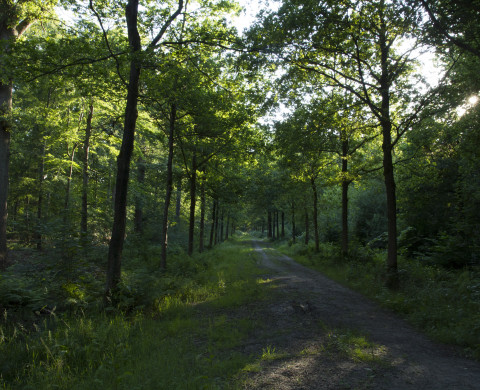Hole-breeding passerines monitoring: Liesbos

Details
- Infrastructure type
- Field sites / Long-term monitoring
- Landscape type
- Research partner
Study site
Liesbos is one of four areas in NIOO-AnE's long-term monitoring research on great tits and other bird species that started in 1955. It consists of a large forest area of about 100 ha of deciduous trees, mainly oak, on rich sandy-loam soil. It is part of a larger forest complex in the Netherlands and Belgium, which reaches from Breda to Brussels. The area was intensively studied in the first few decades as part of NIOO's long-term research. During this period, many students and researchers were involved in doing fieldwork every breeding season. In recent decades, the fieldwork has been done by ‘professional bird volunteers’ with help from a NIOO-professional.
Species groups studied
Bird species studied since 1955 are hole-breeders: mainly great tit, blue tit, pied flycatcher and nuthatch.
Running period (guaranteed funding)
1955 – undetermined
Equipment / facilities
Nestboxes (+/-100)
Data management
All detailed data from breeding season and winter period roost checks is entered in the 'Avian database' (BAS) at NIOO-AnE. It consists of broods, individuals, captures, all kinds of biometry data, blood samples and other samples if needed, bill size photographs, etc. It also contains data on other species including pied flycatchers and blue tits.
Available datasets
- Hole-breeders (1955 – undetermined)
Conditions for access
The forest area is property of the State Forestry Service and publicly accessible. For more details, please contact Judith Risse.
Details
- Infrastructure type
- Field sites / Long-term monitoring
- Landscape type
- Research partner
Location
Netherlands

